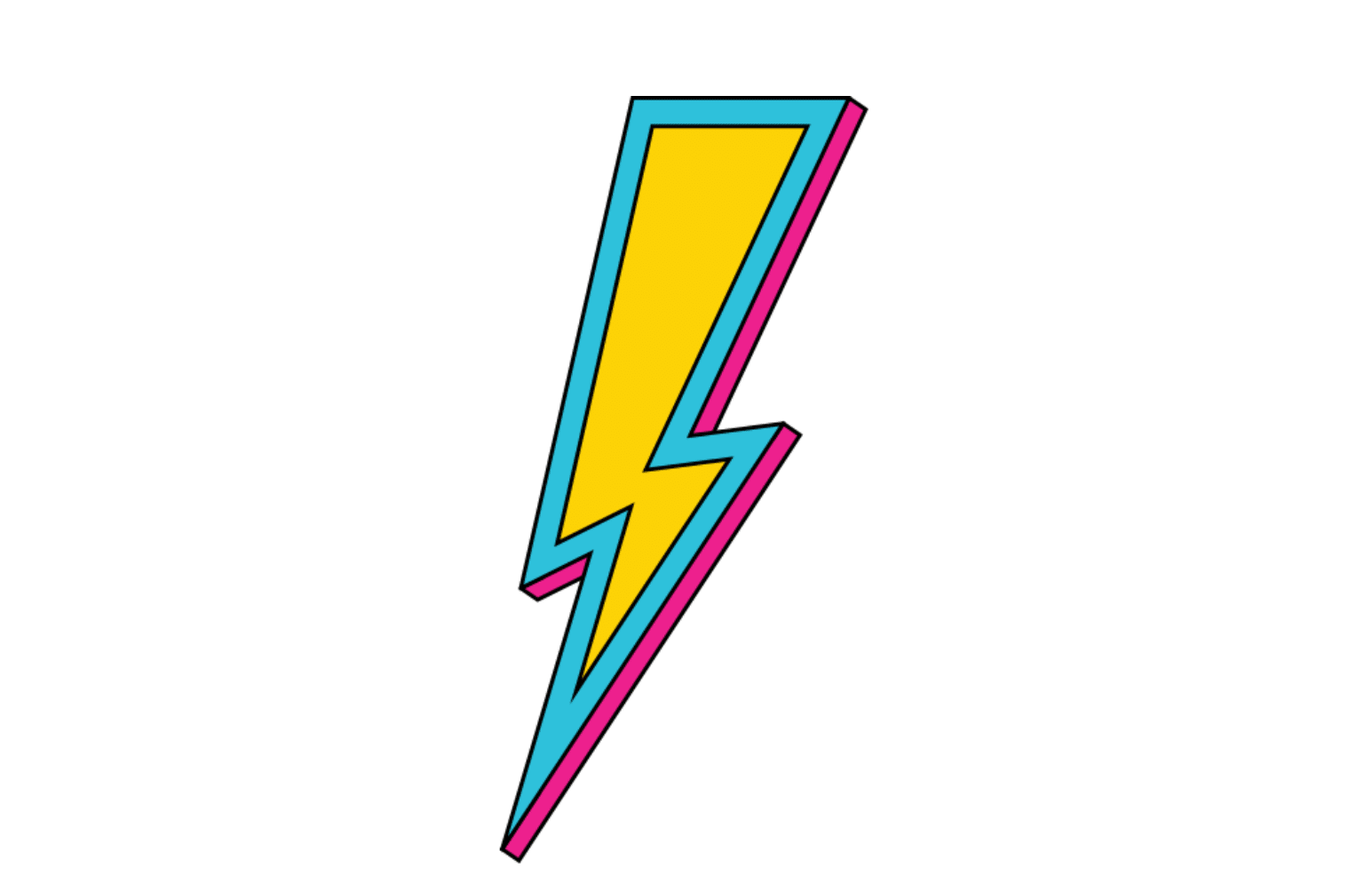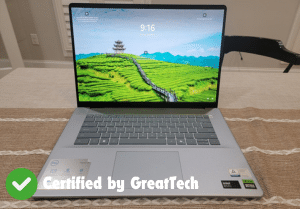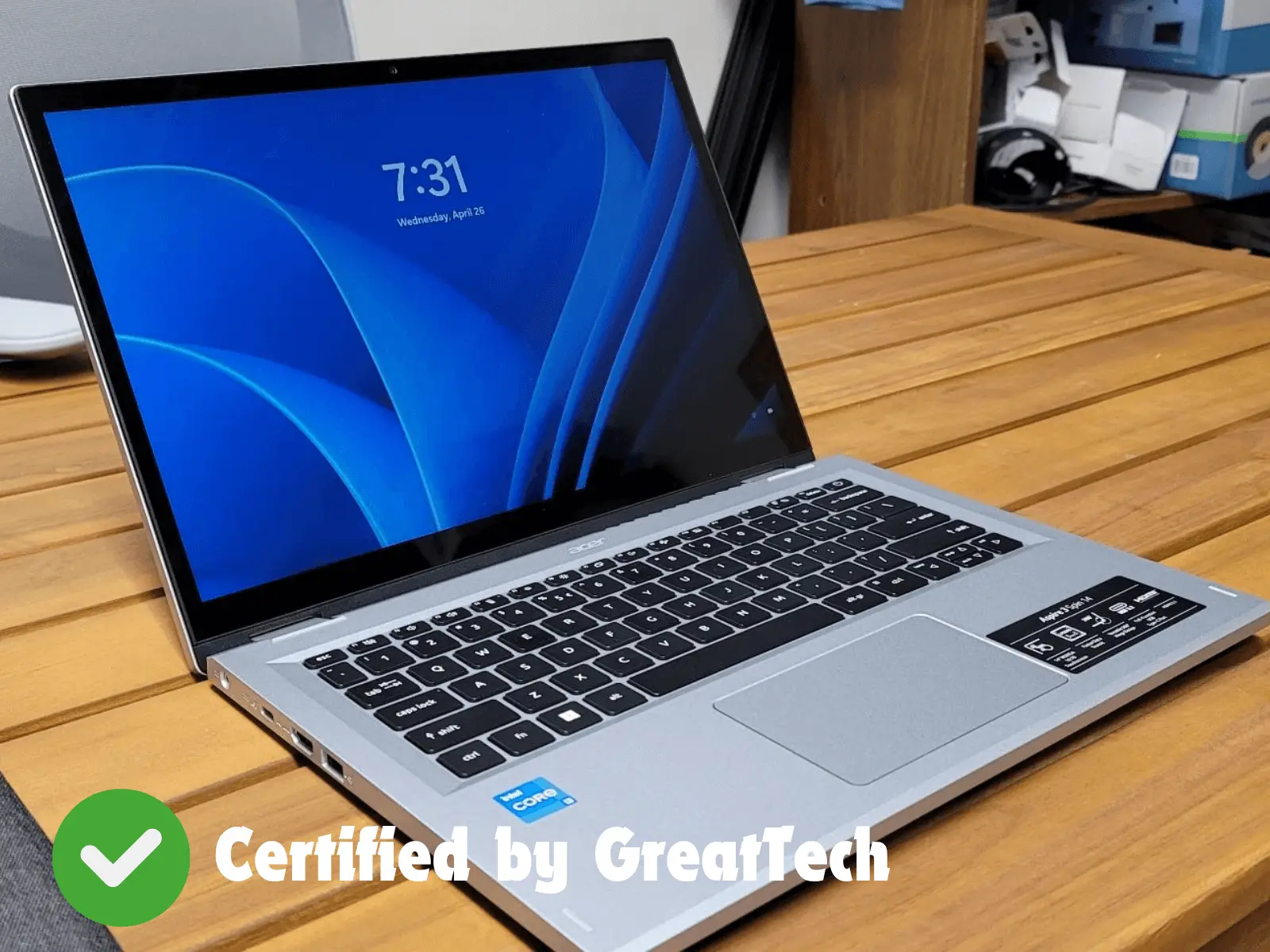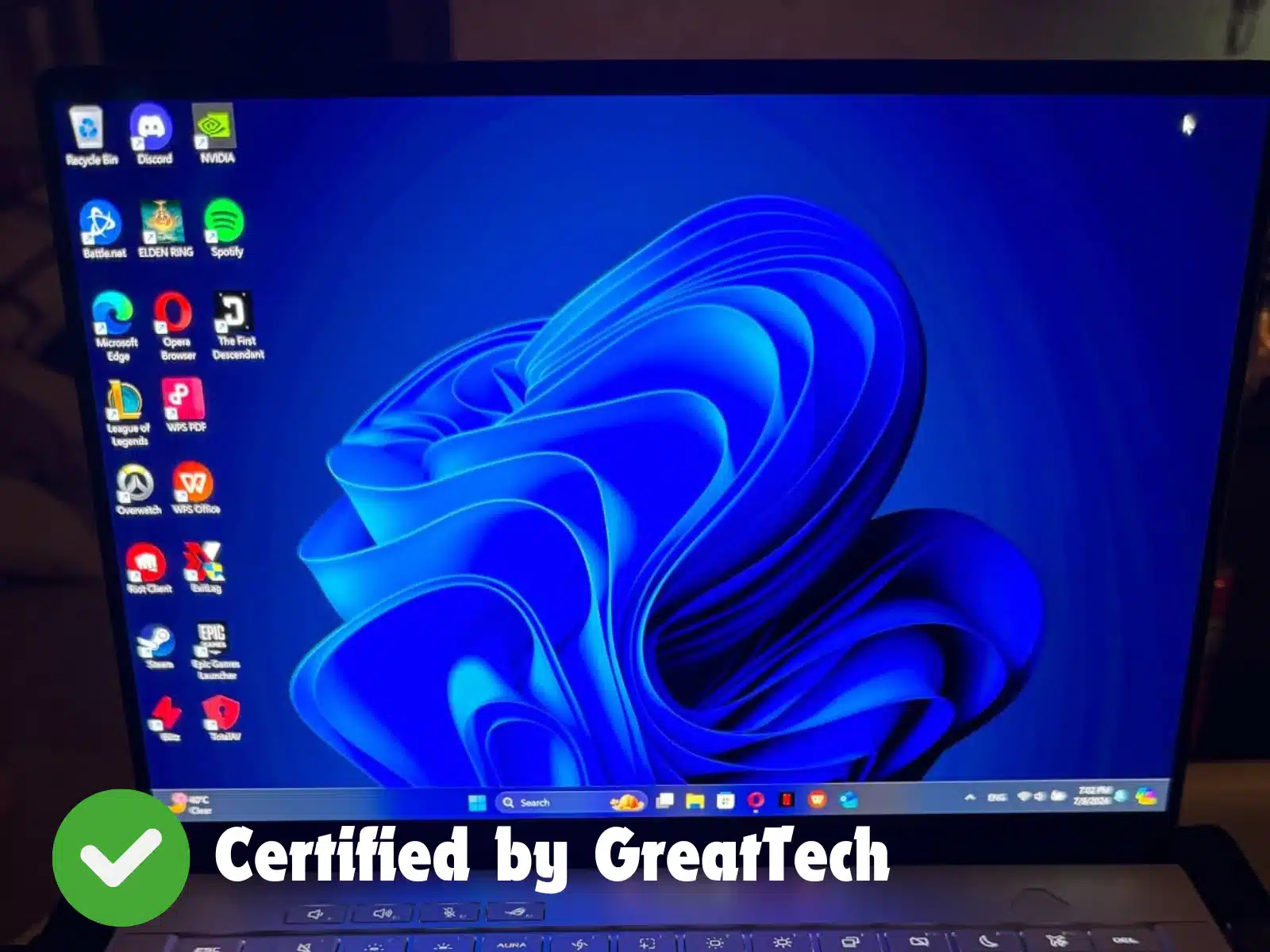
Attention aspiring engineers! Engineering laptops are designed for diverse needs, from basic office tasks to high-level, resource-intensive work such as analyzing massive datasets, designing detailed CAD models, or typing up project reports. Your laptop is your essential tool for success, and you need a machine that can do it all seamlessly. However, if you don’t know then gaming laptops do well for engineers cause the need was somewhat similar powerful CPU with high-end dedicated Graphics Cards with lots of memory and fast SSD storage. That’s why we’ve curated this expert guide on the best laptops for engineering students. We’ve covered everything from thin and light options that are easy to carry around to top performers and much more so that you can find the perfect match for your budget. We have tested each of the models and rated them based on performance, display, and more.
We have tested more than 100 laptops based on performance, display, battery life with portability, and more, Whether you are in civil, mechanics, electrical or any other branch of engineering these laptops are best for everyone.
Best Laptops For Engineering Students in 2024: Reviewed By Our Experts:
Dell Inspiron 16 Plus (7640)
Specifications:
| SPEC | |
|---|---|
| CPU | Intel Core Ultra 7-155H |
| Graphics | NVIDIA GeForce RTX 4060 (8GB GDDR6) |
| RAM | 32GB DDR5 |
| Display | 16-inch (2560×1600) IPS 120Hz Display |
| Storage | 2TB SSD |
| Tested Battery Life | 13 hours of web browsing |
| Weight | 4.87 pounds |
The Dell Inspiron 16 Plus 7640 has proven itself to be one of the best laptops for engineering students. With the improvement in battery life, the laptop gives us more than 13 hours of battery backup during our test compared to the previous 9 hours of battery life which is a good improvement compared to the previous model. With the solid Aluminium chassis which Is vital for rough and tough stundet travel.
It comes with Intel Core Ultra 7 paired with the RTX 4060, which provides astonishing performance overkill for most demanding engineering tasks, especially for students who need to run graphically demanding programs. The 2.5K IPS display is also a strong point of Inspiron 16. Weighing almost 5 pounds it’s relatively thin and light to carry around campuses and college in comparison to the features it packs inside.
The laptop includes all necessary ports from USB Type-A, Type-C, HDMI, and Thunderbolt, and all of that and the speakers of this laptop were just exceptional and provided amazing sound quality. However, it lacks an OLED display, which is available in other models within this category, and the touchpad is smaller and less comfortable. Nonetheless, the keyboard is ergonomic, offering an excellent typing experience overall. We chose a Windows laptop primarily because most engineering programs are only available on Windows.
Acer Aspire Go 15-inch
Specifications:
| SPEC | |
|---|---|
| CPU | Intel Core i3-N305 |
| Graphics | Intel UHD Graphics |
| RAM | 8GB LPDDR5 |
| Display | 15.6-inch FHD (1920×1080) IPS display |
| Storage | 128GB HD |
| Tested Battery Life | 10 hours of battery life |
| Weight | 3.74 pounds |
The Acer Aspire 15-inch is the best option for students on a very tight budget, but being budget-friendly doesn’t mean compromising quality. Not every engineering student needs to run high-end simulations, making the Aspire 15-inch an ideal choice. At just $276, it’s an affordable choice for most.
We recommend this to anyone who needs a reliable machine for day-to-day student tasks like web browsing, entertainment, and more, It offers a decent 10-hour battery life, a good 1080p display, and a comfortable keyboard for long typing sessions, all in a sleek 4-pound package. The laptop includes essential ports like USB Type-A, Type-C, HDMI, Power Delivery, and a headphone jack, which is great for connecting various accessories. However the build quality is poor and not so ridged, plastic feels cheaper and the webcam is just lackluster not good for attending online classes if you have to performance is also poor for high-end simulations but for basic study tasks it’s more than enough, overall it provides impressive value in comparison to the price tag it comes in.
Alternatively, if you’re looking for a budget laptop but can’t sacrifice performance and need to run high-level tasks, the HP Victus 15 is the perfect choice. Priced at $749.99, it justifies the cost with an Intel Core i5 12th generation processor paired with an RTX 3050. This combination delivers lightning-fast performance, handling demanding programs without lag or slowdown.
It offers around 6 hours of battery life during web surfing, which is a noticeable downside, but sufficient if you’re near a power outlet. At 5 pounds, it’s not the lightest or most portable option, making it not so suitable for frequent travelers. However, the 1080p IPS display with a 144Hz refresh rate is great for study-related tasks. The connectivity options are also impressive, including USB Type-A, Type-C, HDMI, a headphone jack, and Ethernet. If you’re willing to compromise on battery life and weight, but not performance, the HP Victus 15 is a solid choice for a budget laptop.
Asus ROG Zephyrus G14 (2024)
Specifications:
| SPEC | |
|---|---|
| CPU | AMD Ryzen 9 8945HS |
| Graphics | NVIDIA GeForce RTX 4070 |
| RAM | 32GB LPDDR5X |
| Display | 14-inch (2880×1800), 120hz OLED display |
| Storage | 1TB NVMe SSD |
| Tested Battery Life | 6 hours of video playback |
| Weight | 3.31 Pounds |
The Asus Rog Zephyrus G14 is the most portable one that we recommend for engineering students. In contrast to the features it packs inside, we classified it as “feather-light.” At just 3 pounds, it’s very lightweight, portable, and easy to carry around—it’s just perfect for travelers.
This sleek package comes with an AMD Ryzen 9 8945HS paired with an RTX 4070 GPU. This powerful combination delivers incredible performance, allowing users to handle everything from intensive engineering simulations to high-end gaming and multitasking with ease. With the 3k OLED display, it provides stunning visuals for running CAD software, 3D modeling, or detailed simulations, making it a fantastic choice for engineering students who need clarity and precision.
The laptop gives more than 10 hours of battery backup, which is impressive—more than enough for typical daily use, as long as you don’t use it off charge for more than a few hours. The port selection is also great, with the laptop including all essential ports like USB Type-A, HDMI, and a headphone jack, ensuring you can connect almost any type of accessory without an issue.
However, the laptop lacks a built-in webcam, which is disappointing compared to other models in its price range, especially as video calls are becoming increasingly essential for both academic and professional purposes. The thermals could also be improved; during our tests, the keyboard area warmed up under heavy use, and the bottom became uncomfortably hot when running demanding tasks. Despite these drawbacks, the Asus Rog Zephyrus G14 still packs impressive features into a sleek, portable package.
HP Spectre x360 2-in-1
Specifications:
| SPEC | |
|---|---|
| CPU | Intel Core Ultra 7-155H |
| Graphics | NVIDIA GeForce RTX 4050 |
| RAM | 32GB LPDDR5X |
| Display | 16-inch (2880×1800), 120Hz OLED dipslay |
| Storage | 1TB NVMe SSD |
| Tested Battery Life | 11 hours of battery life |
| Weight | 4.42 Pounds |
The HP Spectre x360 2-in-1 is perfect for those who need both a tablet and a laptop for their engineering tasks. Instead of buying them separately, the Spectre x360 brilliantly combines both functionalities in one device. The biggest concern with most 2-in-1s is that they come with mobile CPUs, integrated GPUs, and low-end specs that just aren’t sufficient for demanding workloads, but that’s not the case with the Spectre x360.
This laptop, powered by an Intel Core Ultra 7-155H and paired with the RTX 4050 GPU, delivers killer performance that effortlessly handles tasks like running complex engineering software, 3D modeling, and simulations. The stunning 3K OLED display with a 120Hz refresh rate provides vibrant visuals, making it perfect for designing detailed CAD projects and working with intricate models, and even great for enjoying movies or gaming during downtime.
Weighing just 4 pounds, the laptop is extremely portable and easy to carry around, ideal for students who are constantly on the move. The battery life is equally impressive, offering more than 11 hours of usage, which means it can easily last through a full school day without needing to recharge. Plus, it includes all the essential ports—USB Type-A, USB Type-C, HDMI, and a headphone jack—giving you flexibility in connecting peripherals.
The keyboard is comfortable and fun to type on, and the spacious touchpad makes navigation smooth. The superb webcam is perfect for attending online classes or virtual meetings, delivering clear and sharp video quality. The premium build quality feels solid and durable, adding to its overall appeal. However, the thermals could be better, as the laptop tends to heat up under heavy load. Additionally, the low-wattage GPU limits performance for ultra-demanding applications. All in all, the HP Spectre x360 2-in-1 is a fantastic option for engineering students who need a 2-in-1 solution for their engineering coursework.
ASUS ROG Strix Scar 16-inch (2024)
Specifications:
| SPEC | |
|---|---|
| CPU | Intel Core i9-14900HX |
| Graphics | NVIDIA GeForce RTX 4080 (12GB) |
| RAM | 32GB DDR5 |
| Display | 16-inch (2560×1600), 240Hz Mini LED Display |
| Storage | 1TB NVMe SSD |
| Tested Battery Life | 7 hours of battery life |
| Weight | 5.84 Pounds |
The ASUS ROG Strix Scar 16-inch (2024) sets the bar high with its impressive specs, making it a beast for both college work and gaming. Powered by a 14th Gen Intel Core i9-14900HX and the latest NVIDIA GeForce RTX 4080, this machine is built for more than just school assignments. It’s equally perfect for intense gaming sessions, appealing especially to students who enjoy high-end gaming alongside their academic pursuits.
With 32GB of DDR5 RAM and a 1TB SSD, multitasking is a breeze. Whether handling demanding engineering software or diving into the latest AAA games, this laptop handles everything you throw at it effortlessly. The 16-inch Mini LED QHD display with a 240Hz refresh rate is a standout feature, offering incredible clarity and smooth visuals, perfect for fast-paced gaming or detailed design work. The Nebula HDR display reaches a stunning 1100 nits of brightness, ensuring vivid, crystal-clear visuals that make gaming and content creation a joy.
In terms of connectivity, it checks all the right boxes. You get USB Type-C, Type-A, HDMI, and a headphone jack, giving you plenty of options to hook up external devices or accessories. The inclusion of advanced cooling features, like a liquid metal thermal compound and a Tri-fan setup, ensures that performance remains stable during long sessions. However, the thermals still struggle under heavy load, causing the laptop to heat up and the fans to get noisy.
However laptop’s weight and bulk make it less practical for those who need a portable option. Additionally, surface temperatures rise significantly under heavy load, and the fans can become quite loud, which might be distracting during intense use. Battery life is also short, making it less ideal for extended off-charge sessions. Most disappointing is the 720p webcam—unexpected at this premium price point, where higher quality is typically expected.
FAQ’s (Frequently Asked Questions):
Are Apple laptops suitable for engineering students?
Yes, Apple laptops, particularly MacBook Pro models, can be suitable for engineering students, but it depends on the software requirements. While they excel in performance, battery life, and build quality, some engineering programs and software (like AutoCAD or SolidWorks) are optimized for Windows, meaning compatibility could be an issue without additional software like Boot Camp or Parallels.
Do engineering students need a high-performance laptop?
Yes, engineering students typically need a powerful laptop, especially if they work with resource-heavy programs like CAD software, simulations, or 3D modeling. A laptop with a strong processor (i7 or above), plenty of RAM (16GB or more), and a dedicated GPU is essential for handling these tasks efficiently.
How much RAM is necessary for an engineering laptop?
For most engineering students, 16GB of RAM is the minimum recommended. If you work on heavy simulations, 3D rendering, or multitask frequently, 32GB would provide better performance and future-proof your laptop for more demanding applications.
Is a dedicated GPU important for engineering students?
Yes, a dedicated GPU is crucial for engineering students who deal with graphics-intensive applications like 3D modeling, CAD, or simulations. NVIDIA and AMD GPUs are excellent for handling these tasks, making the laptop run smoother and faster.
What is the best screen size for an engineering laptop?
A 15- or 16-inch screen is usually the best option for engineering students. It provides enough screen real estate to comfortably work on detailed designs, schematics, or simulations while remaining portable. However, if portability is a major concern, a 14-inch laptop might work, but larger screens are generally preferred.
How important is battery life for an engineering student’s laptop?
Battery life is important, but it can depend on your workflow. Engineering software tends to drain battery life quickly, so having a laptop with a decent battery (8-10 hours or more) is essential for portability, especially if you’re working in labs or classrooms without easy access to power.
Buying Guide For Best Laptops For Engineering Students:
Display Quality: A high-resolution screen is paramount for engineering students and is the most critical factor not just for clarity in the display but also helps in accurately visualizing complex diagrams and technical drawings which are essential in fields like mechanical, civil, or electrical engineering.
Performance: The laptop must be equipped with a powerful processor to handle resource-intensive software such as AutoCAD, MATLAB, or SolidWorks smoothly. A dedicated graphics card is also essential, but for software that requires GPU acceleration for rendering and simulations.
Memory and Storage: Engineering software can be exceptionally demanding on system memory. Therefore, a minimum of 16GB RAM is advisable. For storage, an SSD is preferred for its faster data access speeds, with at least 512GB capacity to store large files and applications without worrying about space constraints.
Portability and Battery Life: Given the mobile lifestyle of most students, a laptop that is lightweight yet sturdy enough to be carried around campus is ideal. Battery life is also critical; the laptop should support long hours of use on a single charge, enabling students to work in various settings without constant reliance on power outlets.
Connectivity: Considering the collaborative nature of many engineering projects, having multiple connectivity options like USB-C or Thunderbolt ports is crucial. These allow for fast file transfers and connections to other essential hardware such as external displays and project equipment.
How We Test The Best Laptops For Engineering Students:
At GreatTech, our expert team doesn’t just rely on standard benchmarks—we put each laptop through real-world testing to match how engineering students will use them. With over 11 years of experience and 21,315 hours dedicated to testing more than 1,100 laptops, we know what it takes for a machine to excel in engineering tasks.
Each laptop is tested by running demanding software like AutoCAD, MATLAB, and SolidWorks to ensure it can handle resource-intensive programs. We also assess multitasking capabilities by opening multiple program windows, including simulations, large data sets, and technical diagrams, to ensure smooth performance.
Battery life is evaluated by simulating a typical student’s day, with a mix of program usage, web browsing, and note-taking. Portability is tested by taking the laptop to different locations around campus to ensure it’s easy to carry and practical for everyday use.
Our comprehensive testing process ensures that every laptop recommendation is based on real-world performance, giving you confidence in choosing a device that will meet your academic needs. Read More about our testing.
Conclusion:
- Amazing performance
- Gorgeous Display
- Integrated NPU
- Good battery life
- Relatively portable
- No OLED option
- Smaller Touchpad




















